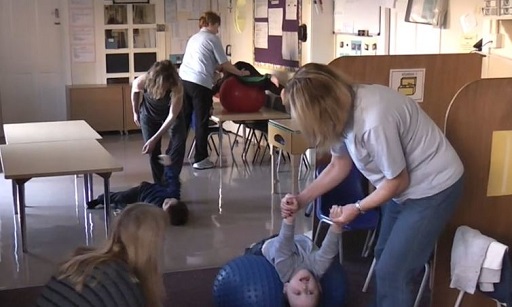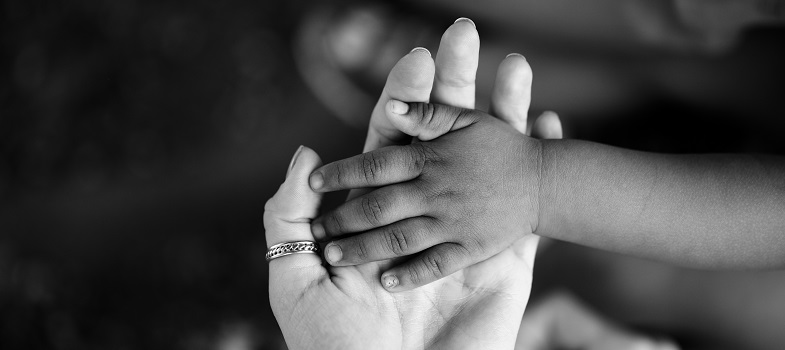Extension activity
Extension activity – Starcatchers
This film is part of a project by Starcatchers [Tip: hold Ctrl and click a link to open it in a new tab. (Hide tip)] , a Scottish arts and early years organisation.
Watch how a dance artist and a young child with autism become physically in tune through moving together. In this example, the adult tunes in to the child’s body movements and finds news ways to be in communication.
They play together through mirroring movement. The ELC practitioners discuss the impact of this type of physical play on children’s wellbeing.
The film documents part of a project called ‘Moving Matters’, which takes place in an integrated specialist service for children aged two to five. It has a range of playrooms including one for children with additional needs. It has an integrated playroom and offers the opportunity for children to integrate throughout the day.
Watch from 1 minute 48 seconds onwards. (Hold the ‘Ctrl’ key and click the left mouse button to open in a new window.)

Video 2.3 Starcatchers – playing together (4 minutes 54 seconds)
Did you notice any other mirroring in the film?
Have you mirrored a child’s gesture or movement in play? Perhaps you have responded to a play cue by copying a funny face or a dance move, or by playing peek-a-boo with a baby or toddler?
Have you noticed children mirroring each other in their play?
Make a note of situations where you have played with a child by mirroring their actions. Doing this is especially helpful for non-verbal children and this is a useful way to attract their attention.
What impact did this have on your relationship?
Discussion
Being able to understand children’s different play cues means that you can support children to understand and value each other’s different ways of communicating by playing and interacting.
When you mirror a child’s playful movement or sound is a way of showing a child that you are paying attention to them and value their expression.
Thinking about children’s unique play helps us to remain curious about how children see the world. It can help us work against any unconscious bias of our own or against any negative labels that others have placed upon them.
